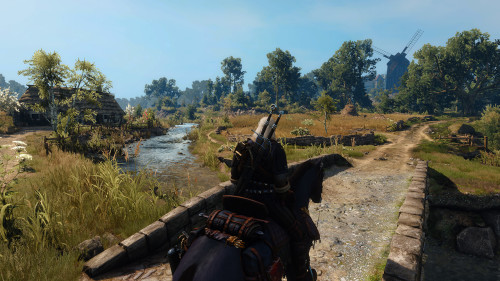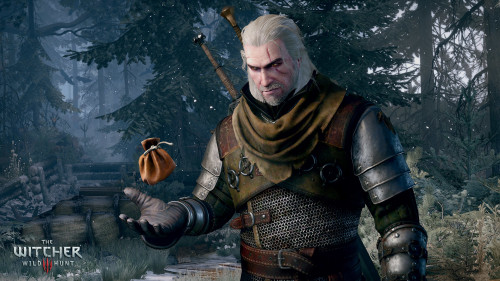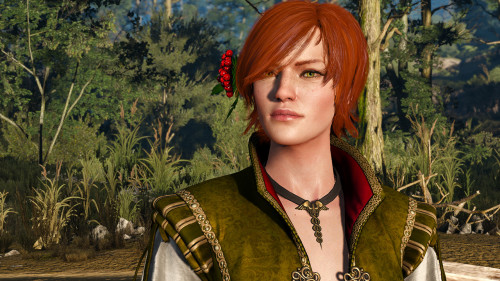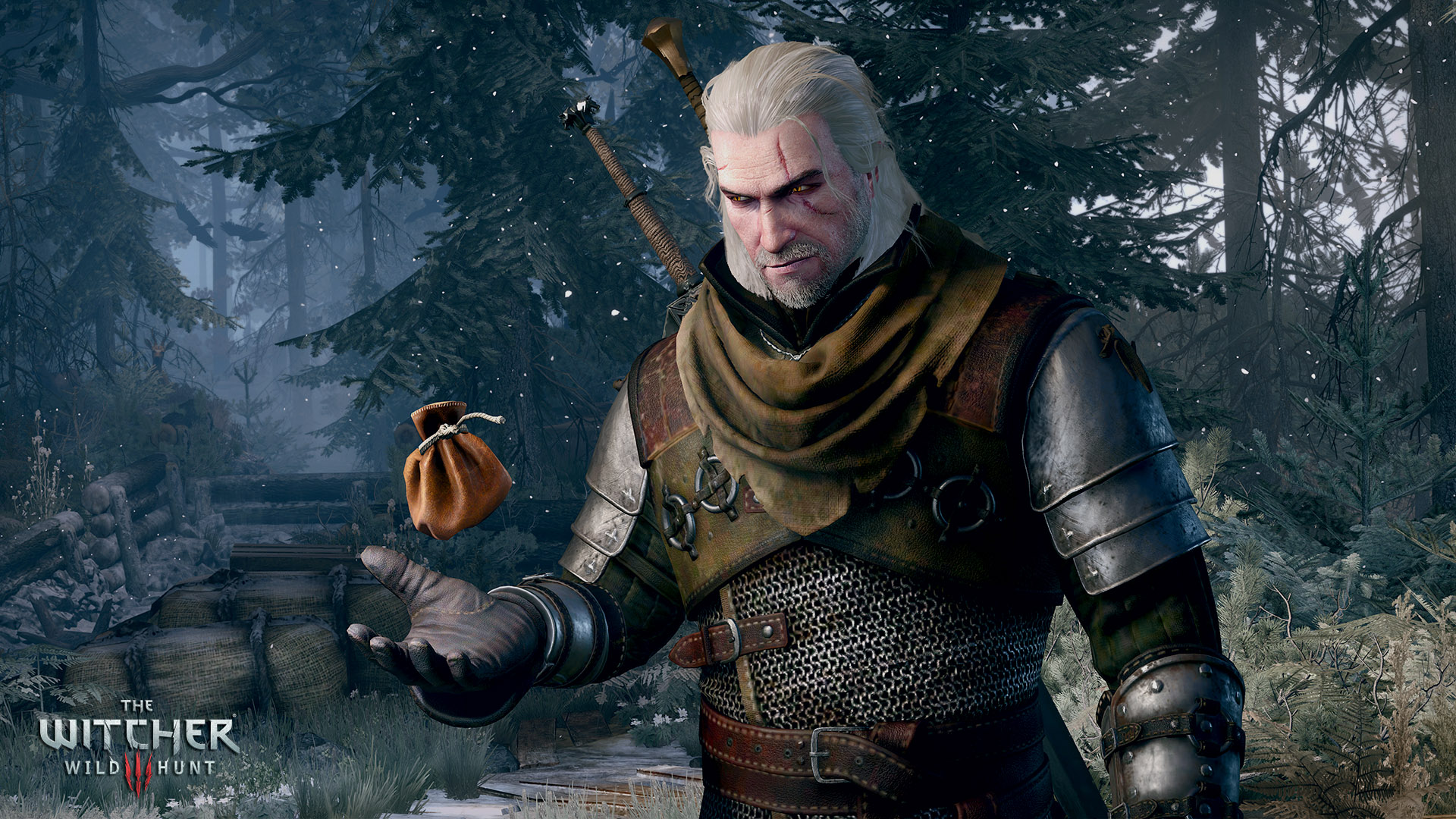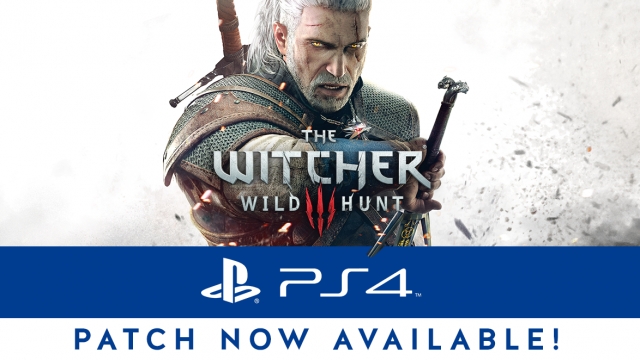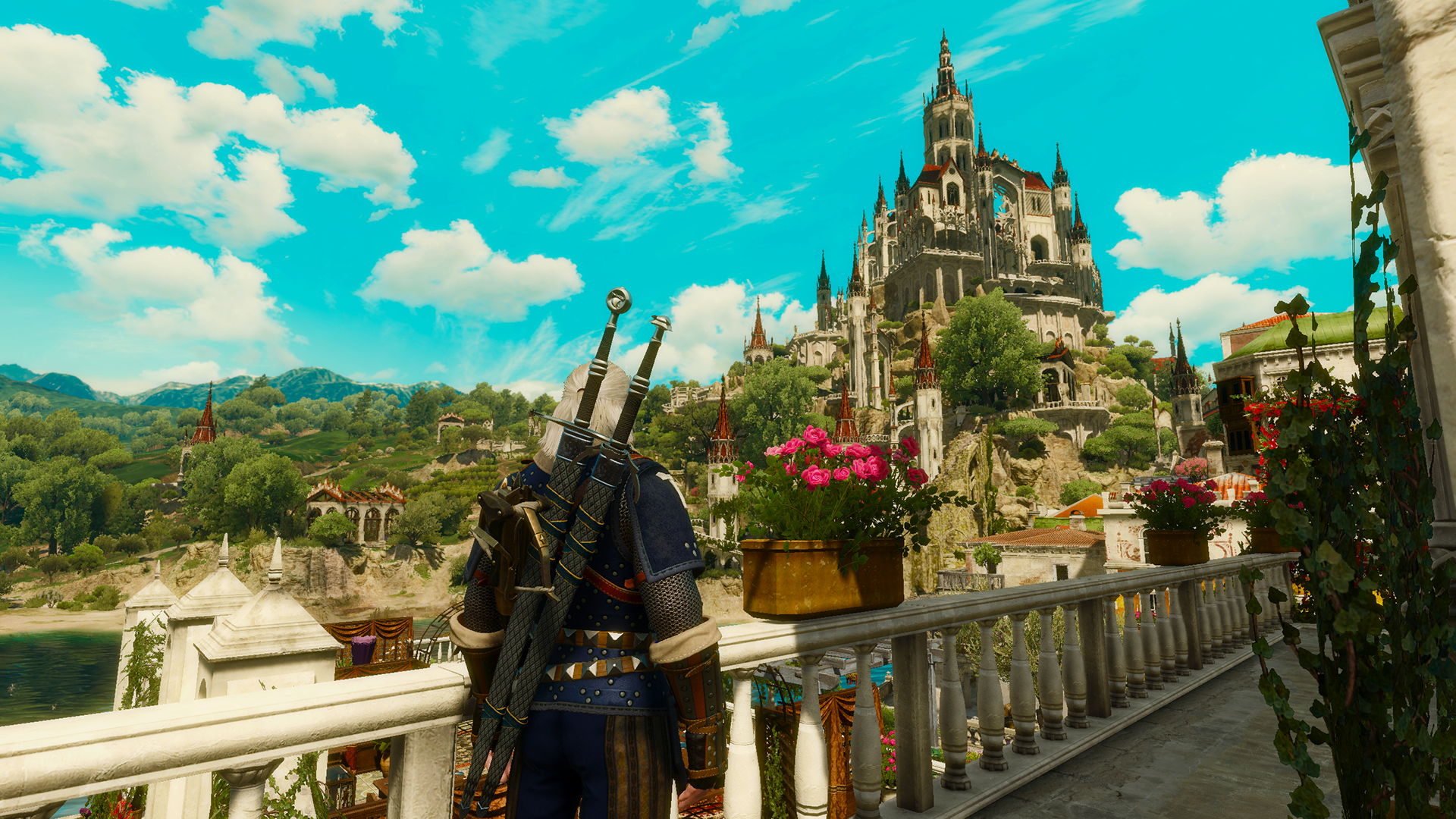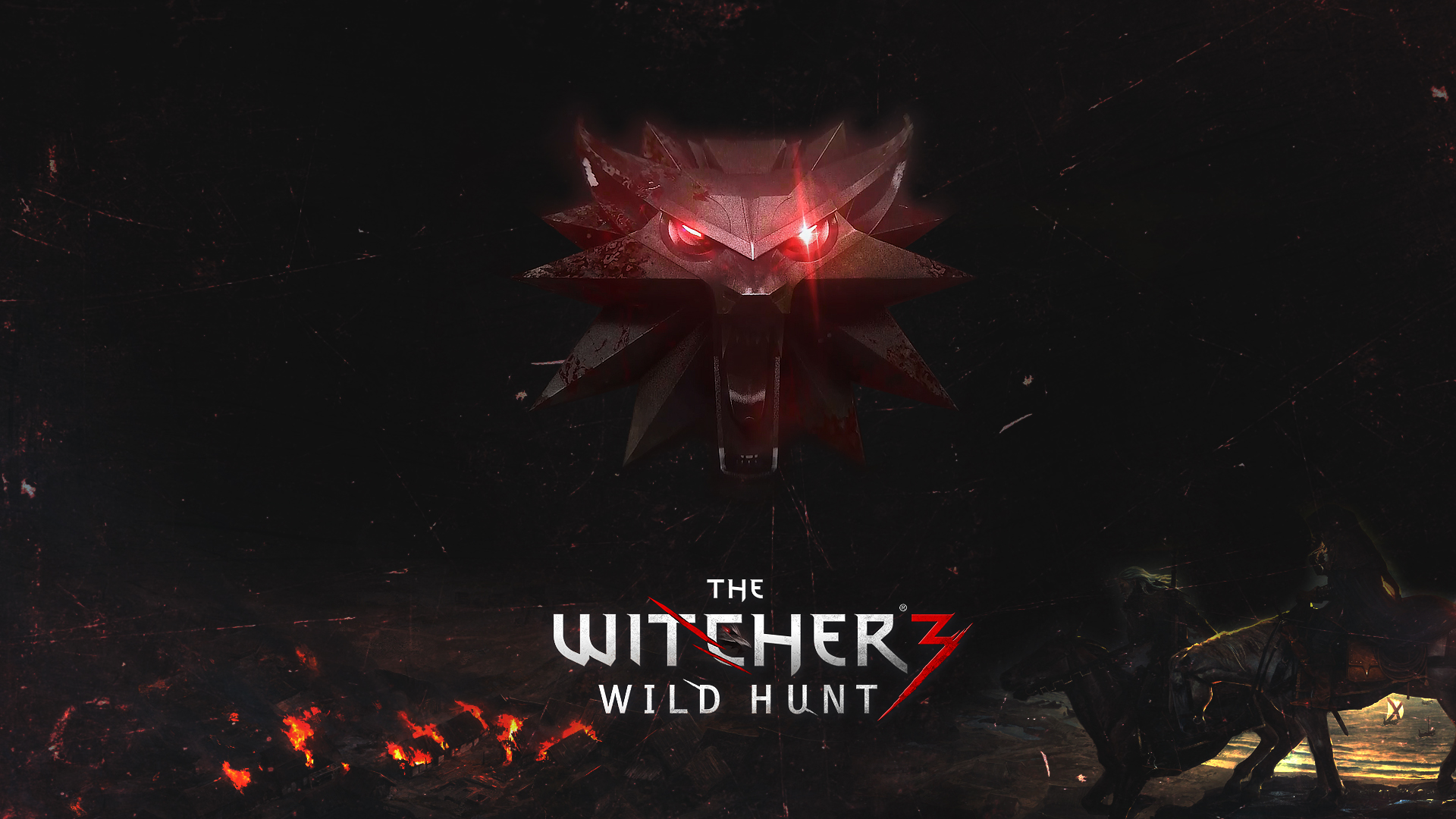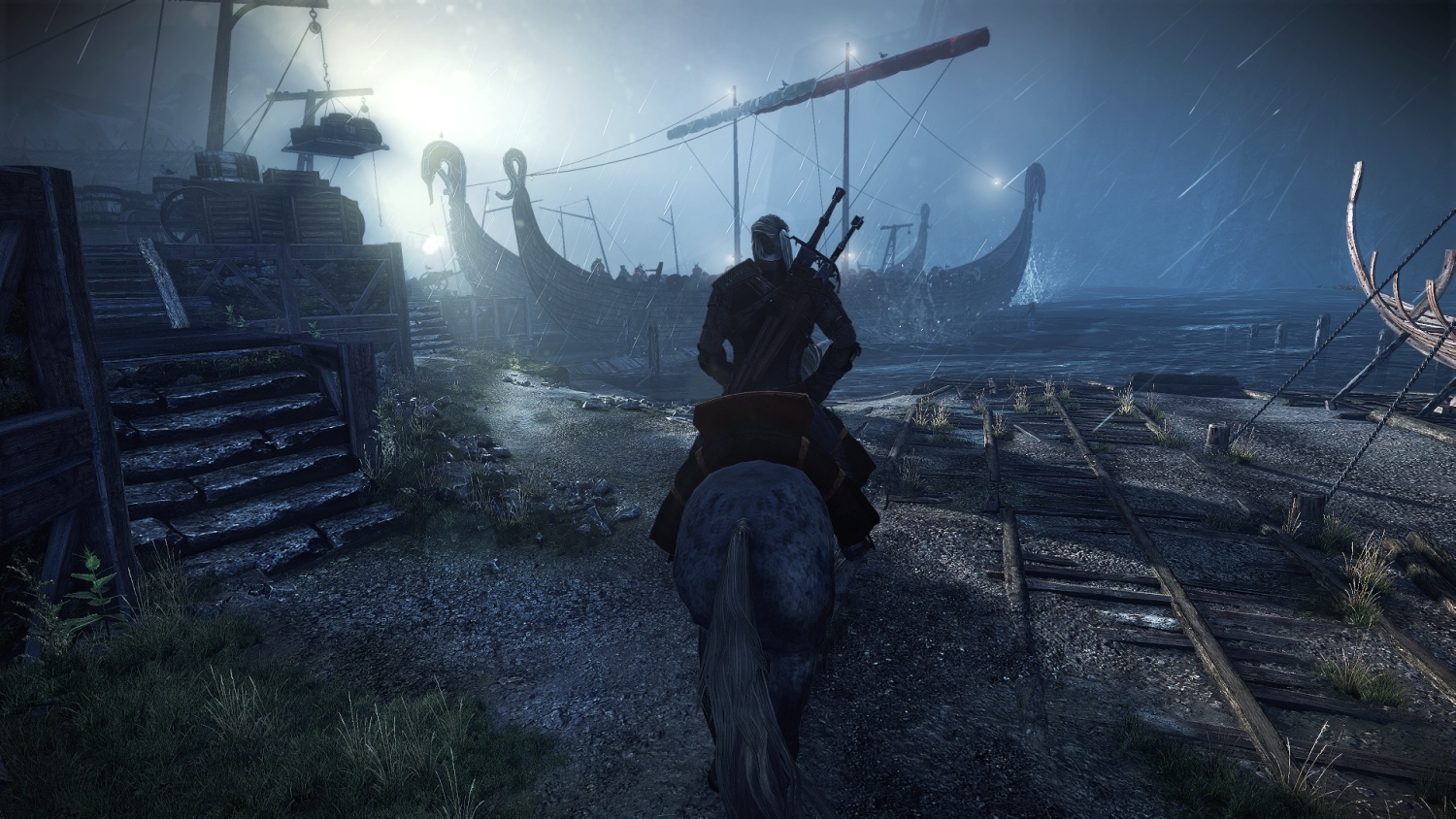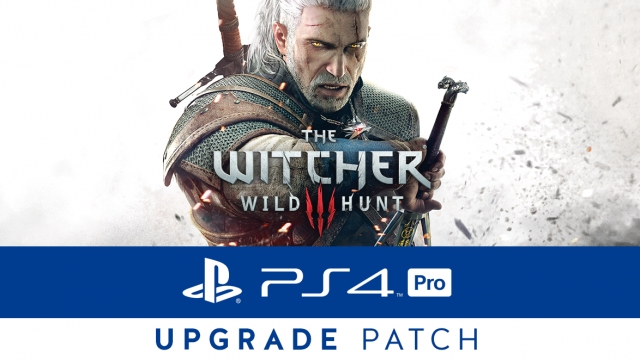Much like the year before (or perhaps even greater), PAX Australia 2015 was a roaring success, full to the brim with familiar faces and important guests from all around the world. During all the hustle and bustle on a muggy Saturday afternoon, I had the opportunity to sit down with Mateusz Tomaszkiewicz, lead quest designer at CD Projekt RED, perhaps best known for The Witcher 3: Wild Hunt, and poke his brain for some insight on just how open world quests are structured, the challenges faced, and lessons for the future.
Jarrod Mawson: Starting off, what are some of the differences in constructing quests in an open world environment like The Witcher 3: Wild Hunt, taking advantage of the vast play space versus the more confined and linear structure of its predecessors?
Mateusz Tomaszkiewicz: In the linear structure you have more control as a developer over where the player goes, what will be shown to him or her, what they will see, and what events they’ll encounter. In an open world it’s more difficult, obviously.
Jarrod: I suppose by having an open world you need to factor in many more dynamic elements.
Mateusz: Yes, but you can still have controlled areas like the previous games, because you build closed off locations. But you can’t have too many of them or you kill the open world feel. Also, it is possible for the player visit some location before the story naturally leads you there. But what I think is an advantage of building an open world game are the side quests, because it’s much easier to do them in this expansive environment. It’s more fun. You can build them in a way where you can get more creative, such as multiple ways to approach them.
Jarrod: Is it difficult to consider that and balance the side quests alongside the main quest?
Mateusz: Definitely. For the balancing it’s a huge challenge because we decided not to have level scaling, which would make things much easier for us.
Jarrod: Yeah, I noticed during my playthrough, trying to do everything in the game, by the end I was discovering quests marked as level six while I’m level thirty. I suppose there’s no way around it.
Mateusz: It’s a big issue, because you don’t know where the player will go, right? You can, you know, do some prognosis, some idea of where the players will go. Guide them somehow. But still you can break this.
Jarrod: Did you utilise the main quest to structure the side quests around where the player will likely be at a particular point in time versus their level?
Mateusz: Yes, a little bit. I remember we were switching places of side at some point, when we first had playtests of the full game, as to where the players will probably go. For example after the prologue you land in Velen, next to the crossroads inn, so we moved some stuff to be closer on the way when you go there. I think it works, even in such a huge open world. There are still places it’s more probable the players will go.
Jarrod: It’s about finding a balance between artificially constructing these quests, but making them integrate seamlessly with the adventure.
Mateusz: Exactly. I mean, we’re trying not to make them artificial. But from time to time we were adjusting them to the environment.
Jarrod: Moving on to Hearts of Stone, I was really surprised with how good it was, particularly in reminding me of an old school expansion pack.
Mateusz: That’s what we were aiming for.
Jarrod: But what I really loved about it was despite cleverly recycling assets from the main game, the quests themselves were thematically totally original.
Mateusz: That was our goal actually with this expansion, to do something different. You can experience some totally different things. It’s the same systems, but yeah.
Jarrod: I think that’s a major draw with expansion packs, it’s not the same content, even if that content is good, but the quests themselves are fresh. Is that something you’re taking into Blood & Wine as well?
Mateusz: Definitely, this is an approach we like as developers. We also like to do different stuff. We’ll see how it goes, with Blood & Wine obviously, since it’s still in development. With Hearts of Stone we were actually really lucky to come up with this idea, this whole concept for the story, that allowed us to make Geralt do stuff he wouldn’t normally do.
Jarrod: I love the wedding where you’re possessed by the ghost. It had a very side story tangent vibe, like the novels.
Mateusz: This is something we’re aiming for as well with Blood & Wine. We’ll see how it goes.
Jarrod: Given it’s such a huge step from the previous The Witcher games into The Witcher 3 and Hearts of Stone, what are some of the lessons learned moving towards Blood & Wine and Cyberpunk 2077, concerning constructing quests in these gigantic open world environments?
Mateusz: Well definitely I think what we learned in The Witcher 3 is we don’t have to force players to see everything in the main storyline. This is something we already experimented with, for example the ending of some plot lines, like Keira Metz. They used to be on the main story line, but we shifted them to side quests.
Jarrod: I think Kiera Metz is an excellent example. It feels important, but not like you have to do it.
Mateusz: Exactly. And that’s the thing, when it was in the main storyline it felt forced in there. And our previous games tended to do that as well. We wanted to give players an option of ignoring these things. If you want to pursue it, it’s your choice. If you’re interested.
Jarrod: Kaer Morhen battle preparation would be another example. A lot of those quests are completely optional.
Mateusz: Of course, you can go for the battle for Kaer Morhen with just bare bones! Just witchers and Yennefer. You have this option.
Jarrod: Is that a hard thing to do? Creating these quests and wanting the player to experience, but keeping them option?
Mateusz: I wouldn’t say difficult. The biggest issue to work with is connections between quests. To keep track of those. That’s the difficult part.
Jarrod: Like how the Kiera Metz quest arc is woven into Bloody Baron?
Mateusz: Yeah, and later on after the battle you have a few extra minutes of screen time with her and Lambert. In general I really enjoyed that we could leave it optional. We’re not really worried that there’s some content players wont see. It’s an open world, so that’s fine.
Jarrod: While you guys are constructing quests are you working closely with all departments at CDPR? The writers, the programmers, game designers, etc. Making sure it all comes together?
Mateusz: I think the closest cooperation is with the writers, and on Hearts of Stone it was even closer than on The Witcher 3. That was another thing we learned, moving towards the future. But definitely we have to work closely with all departments, as we’re requesting assets from everyone, literally. We have to work closely with them to make sure everything works with the quests properly.
Jarrod: Wonderful. Well, thank you for taking the opportunity to have a talk with us, and good luck with Blood & Wine and Cyberpunk 2077.
The Witcher 3 and its first expansion pack, Hearts of Stone, are currently available for Xbox One, PlayStation 4, and PC. The second expansion pack, Blood & Wine, is scheduled to launch sometime Q1/Q2 2016, and the entirely new Cyberpunk 2077 is currently TBA.

